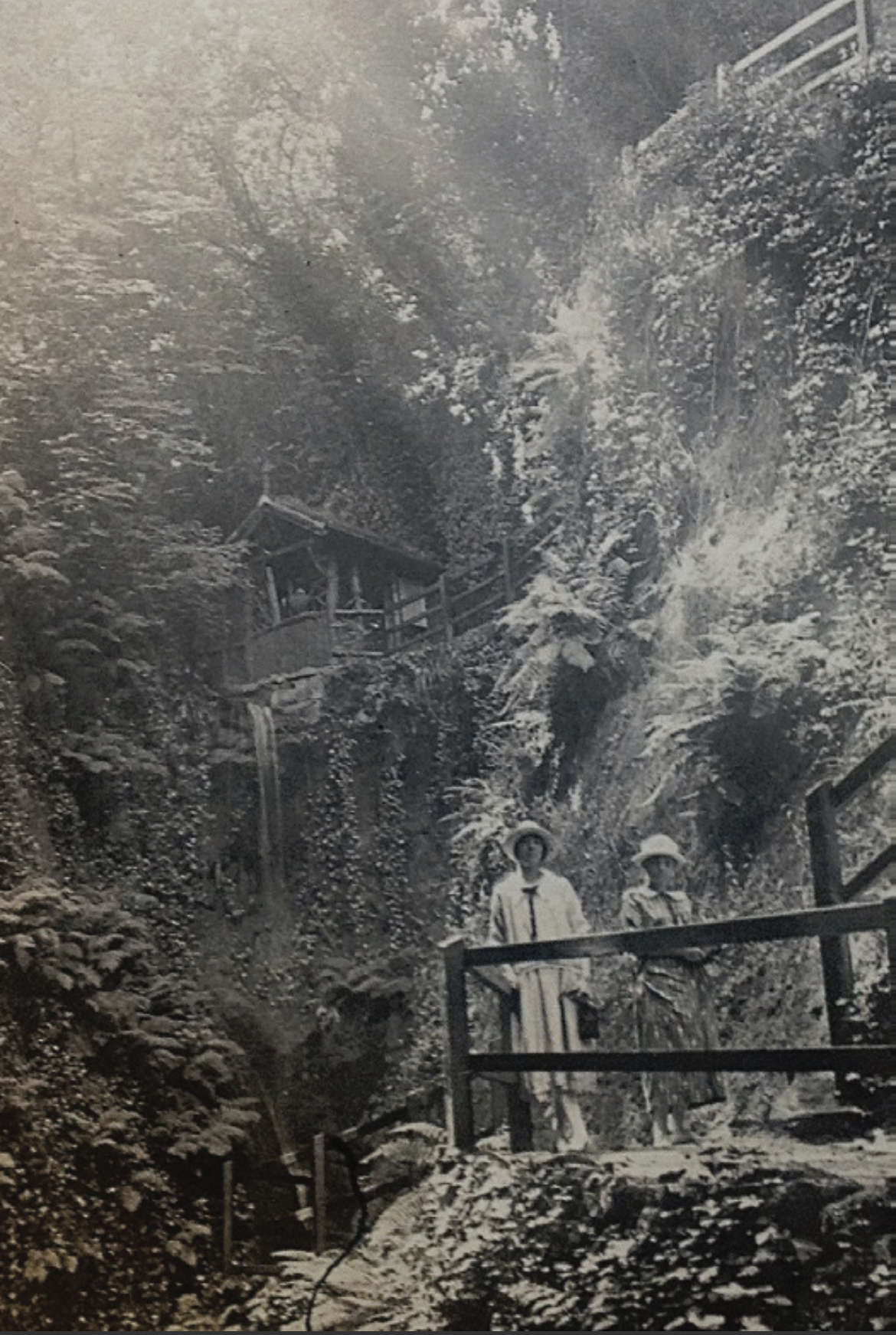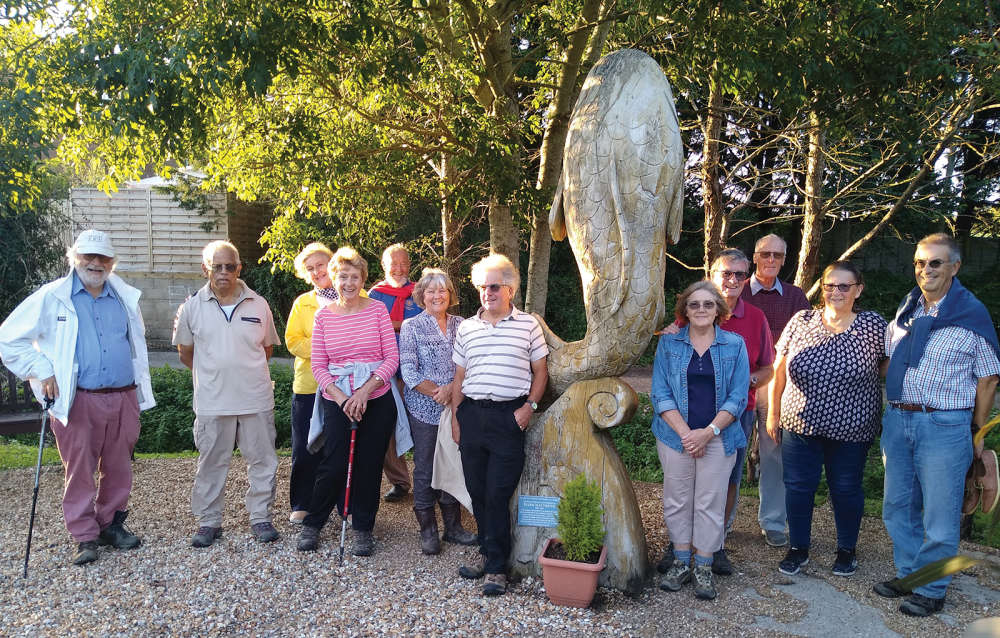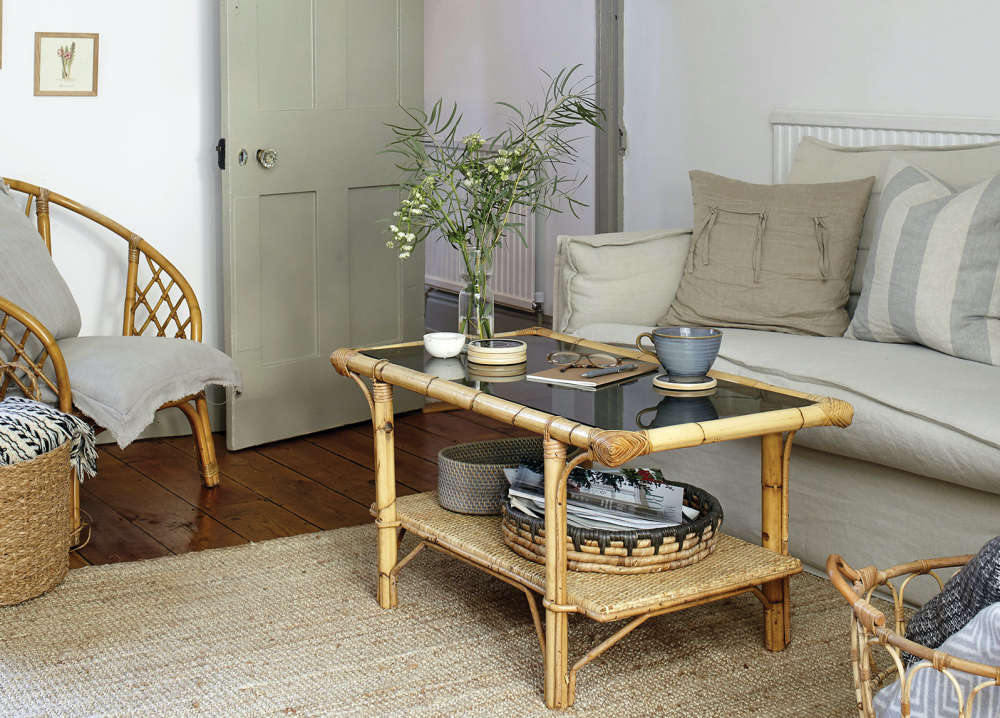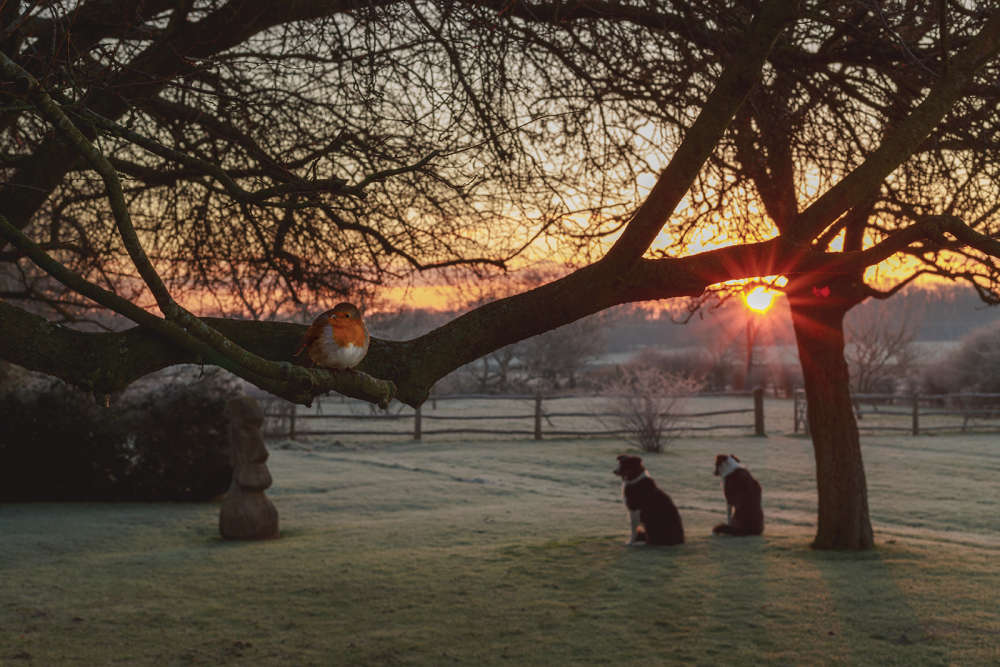
Carved by Mother Nature’s own hands over thousands of years, the stunning tree lined gorge that is Shanklin Chine cuts its mark from Shanklin Old Village to the sandy beach and esplanade, far below.
Chine is a local word – now used only on the Isle of Wight and in Dorset. It is of Saxon origin and means a deep narrow ravine, formed by water cutting through soft sandstone leading to the sea.
The Island has a number of chines but the two largest are Blackgang, where very little of the original remains due to erosion and Shanklin, unique in the quality of its flora and fauna. With a drop of 32m (105ft) to sea level in just over a quarter of a mile, Shanklin Chine covers an area of approximately three acres. The Saxon name for Shanklin was ‘Scenc-hlinc’ – or ‘cup in the rising ground’.
Formation of the chine has taken place over the last 10,000 years. The stream would originally have flowed into the Eastern Yar river when Sandown Bay was land. This stream is continually cutting its way back to the foot of the Downs from whence it springs. In the latter half of the 19th century, stones were laid at the top of the waterfall to arrest this progress. There is a continuous series of spring lines on the cliff faces in the chine. The story of the chine encompasses subjects of interest to all age groups from geology to smuggling, shipwrecks to PLUTO and, of course, the wondrous scenery. In the 18th century the chine was a rough walk for the intrepid but the few who struggled as far as the waterfall were deeply impressed by its beauty and grandeur. Reference is made to early efforts to ‘open the chine up’ and there were certainly steps at the bottom that were used by excise officers on horseback.
Jane Austen writing in June 1813 said, “we hired a Sociable and drove round… Shanklin Chine, lovely.”
Jane Austen writing in June 1813 said: “we hired a Sociable and drove round… Shanklin Chine, lovely.”
However, it was not until 1817, when a William Colenutt excavated the present path and opened it to the public, that the chine began to attract increasing interest. It is not known what he charged but visitors were expected to contribute 6d (2.5p) in 1873. Amazingly, it remained at this figure until 1958. Keats, too, found inspiration for some of his greatest poetry while staying at Shanklin in 1819: “The wondrous Chine here is a very great lion; I wish I had as many guineas as there have been spyglasses in it.”
Shanklin Chine was, and remained for some time, a favourite smugglers’ haunt and a tunnel led from the Chine Inn into the Old Village. In fact, smuggling was so prevalent that excise officers were based in the Old Village until the Watch House near the chine was built in 1820.

Near the head of the chine in 1878
The chine was also a favourite subject for artists including Thomas Rowlandson and Samuel Howitt. The Island’s George Brannon, who rented a cottage on the estate, dedicated many of his engravings of the chine to the owner, Mrs Walton White.
Victorian literary figures – among them, George Eliot, Macaulay, Dickens and Longfellow – were great admirers of the chine. With the arrival of Queen Victoria and Prince Albert at Osborne, Shanklin became a fashionable watering place, much frequented by European royalty. Shanklin Chine was ‘a must’ on every Victorian itinerary.
When visiting today, you’ll be captivated by its natural beauty, a rich haven of rare plants, woodland, wildlife and enchanting waterfalls. You’ll be amazed by the main waterfall, tumbling down the cliff edge from 45 feet. A second, which is equally as stunning, falls from 29 feet.
Wonder at its mystical beauty on summer nights during the Chine Lumière when hundreds of lights illuminate the narrow paths, streams and waterfalls held within. At dusk the chine is transformed into a place of magic and enchantment. Guests today can even dine in the chine! Tuck in to an ‘original’ Isle of Wight cream tea enjoyed by Isle of Wight visitors for nearly 200 years. Stop, relax and take in the beauty of Shanklin Chine, while enjoying fresh home-made cakes, scones and perfectly brewed tea.
This month, the chine’s popular Halloween Spooktacular returns, from 13th October to the 4th November. Look out for witches, werewolves and spooky spiders as you follow the trail around the chine. Wander the walkways and pick a pumpkin from the patch. Open 1st April to 4th November, the historic gorge remains the Island’s oldest visitor attraction, which has been drawing guests for more than 200 years with its natural beauty.
3 Chine Hill, Shanklin, Isle of Wight PO37 6BW

 Schools Come Out In Force To Support "Wear What Makes You Happy" Fundraiser For Arlo Lambie
Schools Come Out In Force To Support "Wear What Makes You Happy" Fundraiser For Arlo Lambie
 Entertainment Guide: February 2025
Entertainment Guide: February 2025
 What to Watch in February 2025
What to Watch in February 2025
 Island Update: January 2025
Island Update: January 2025
 Ryde Rotary Centenary: 100 Years Strong
Ryde Rotary Centenary: 100 Years Strong
 Home Style: Scandi Island Life
Home Style: Scandi Island Life
 What to Watch in January 2025
What to Watch in January 2025
 Entertainment Guide: January 2025
Entertainment Guide: January 2025
 Memorial Held Following Death Of Kezi's Kindness Founder Nikki Flux-Edmonds
Memorial Held Following Death Of Kezi's Kindness Founder Nikki Flux-Edmonds
 Mountbatten Inviting Islanders To Sign Up For 2026 Lapland Husky Trail
Mountbatten Inviting Islanders To Sign Up For 2026 Lapland Husky Trail
 Home Style: Winter Wonderland
Home Style: Winter Wonderland
 Help Available For Islanders To Cut Energy Bills
Help Available For Islanders To Cut Energy Bills
 Island Update: December 2024
Island Update: December 2024
 New Home For Citizens Advice Isle Of Wight
New Home For Citizens Advice Isle Of Wight
 The Alternative Guide to Christmas Gifts
The Alternative Guide to Christmas Gifts
 Island Family Launches Appeal For Teenage Son With Brain Tumour
Island Family Launches Appeal For Teenage Son With Brain Tumour
 What to Watch in December 2024
What to Watch in December 2024
 A Gardener’s Best Friend: The Story of Bob the Robin
A Gardener’s Best Friend: The Story of Bob the Robin
 Memorial Quilt To Be Displayed On The Island
Memorial Quilt To Be Displayed On The Island
 Island Author Celebrating Amazon Number One
Island Author Celebrating Amazon Number One